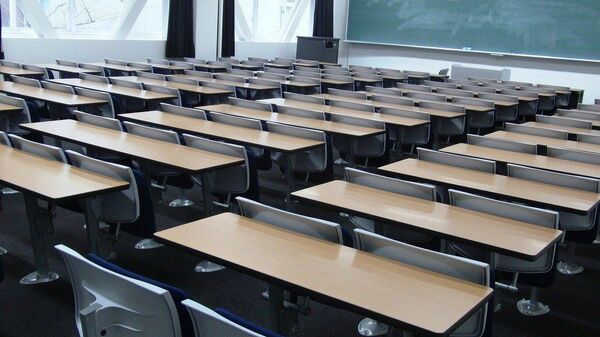The study, carried out by researchers at the University of Sydney and the Australian National Center for Immunization Research and Surveillance, was conducted at 15 schools and 10 child care centers in the state.
The study found that 12 children and 15 adults during the study period from January 25 to April 10 who were positive for COVID-19 were found to have attended an educational institution while infectious.
After contact tracing revealed 633 people out of the 1,448 close contacts of those infectious individuals were tested for COVID-19, researchers found only 18 tested positive for the novel coronavirus. Close contacts were defined as people who had face-to-face interaction with an infected person for at least 15 minutes or people who were in an indoor space with an infected person for at least 40 minutes.
"This is the first comprehensive population-based assessment of coronavirus transmission in educational settings worldwide," lead study author Professor Kristine Macartney said in a Tuesday news release.
"This supports the previous findings that COVID-19 transmission in educational settings can be kept low and manageable in the context of an effective pandemic response that includes contact tracing and quarantine, and temporary school closures for cleaning if someone is found to be infected,” Macartney added,
However, Macartney also warned that higher transmission rates could occur in areas with high levels of virus transmission or with less stringent “public health and community response.”
"We know anyone of any age can be infected and potentially spread the virus. But understanding how the virus spreads in our context will assist modelers, policymakers, healthcare providers, and the public to understand the risk of COVID-19 in educational settings and help in decision making around school closures and reopenings,” she added.



